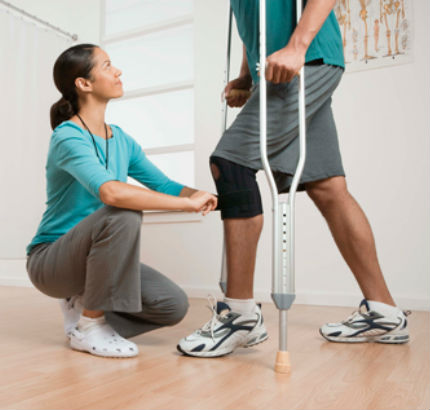What happens in your brain when you ingest
a drug? Some drugs, such as marijuana and heroin, have a similar structure
to chemical messengers, called neurotransmitters, which are naturally produced
by the brain. Because of this similarity, these drugs are able
to “fool” the brain's receptors and activate nerve cells to send
abnormal messages.
A study conducted by Dr. Jodi Gilman at Massachusetts General Hospital-Harvard Center for Addiction
Medicine involved scanning the brains of 20 pot smokers, ages 18 to 25. What
she and fellow researchers at Harvard and Northwestern University found within
those scans surprised them. Even in the seven participants who smoked only once
or twice a week, there was evidence of structural differences in two
significant regions of the brain. The more the subjects smoked, the greater the
differences.
However, some marijuana use by healthy adults seems to
pose minimal risk and may even be slightly beneficial in some cases. However, ,
with the brain developing into the mid-20s, young people who smoke early and
often are more likely to have learning and mental health problems. In the
Harvard-Northwestern study, differences between the brains of young adult
marijuana smokers and those of nonsmokers are shown in the diagram. In these
composite scans, colors represent the differences — in the shape of the
amygdala, top, and nucleus accumbens. Yellow indicates areas that are most
different, red the least.
This study, however, was preliminary and small; the team
scanned the brains of only 40 young adults, most from Boston-area colleges.
Half were nonusers; half reported smoking for one to six years and showed no
signs of dependence. Besides the seven light smokers, nine used three to five
days a week and four used, on average, daily. All smokers showed abnormalities
in the shape, density and volume of the nucleus accumbens, which “is at the
core of motivation, the core of pleasure and pain, and every decision that you
make,” explained Dr. Hans Breiter, a co-author of the study and professor of
psychiatry and behavioral sciences at Northwestern’s medical school. Attempts
to replicate the study on a larger scale are underway.



















